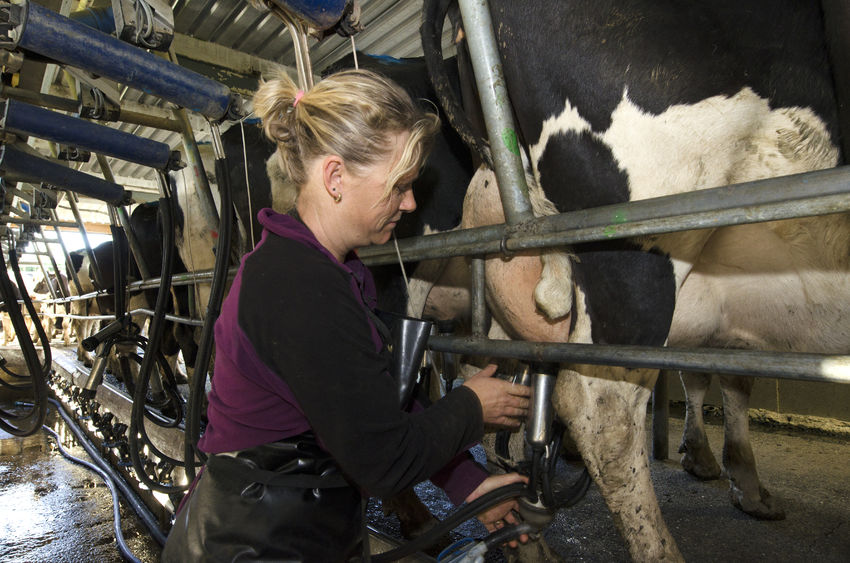
Women in Scotland's rural areas have seen the gender pay gap narrow over the last decade, new research shows.
In 2017, women in remote parts of the country had the lowest annual income on average, however women in accessible rural areas had the highest income of all female employees in Scotland.
A number of factors appear to be behind this, the research says, pointing to employment in low-paid sectors, higher levels of part-time working, reduced mobility and the dominance of micro businesses in rural, remote and island areas.
Welcoming the research by Scotland's Rural College (SRUC), Rural Affairs Minister, Mairi Gougeon said: “It is clear from this research that while there is much still to be done to eliminate the gender pay gap in our rural and remote communities, I’m encouraged that since 2008 the pay gap has decreased at an even faster rate than the overall national average.
“It also lays bare the scale of the challenge before us and the need to make sure our rural economy better supports women retain and gain well paid jobs.”
Ms Gougeon added: “While progress is to be welcomed, the rate of change remains slower than in urban areas and is unacceptable for a modern, inclusive nation.”
The research follows a report released in 2017 which shows the gender pay gap decreasing by 9 percent in the last decade for the UK farming industry.
Women who earned just 77p for every £1 a man earned in the agricultural industry back in 2008 now earn 86p, meaning that the remaining gender pay gap in the industry stands at 14%.
